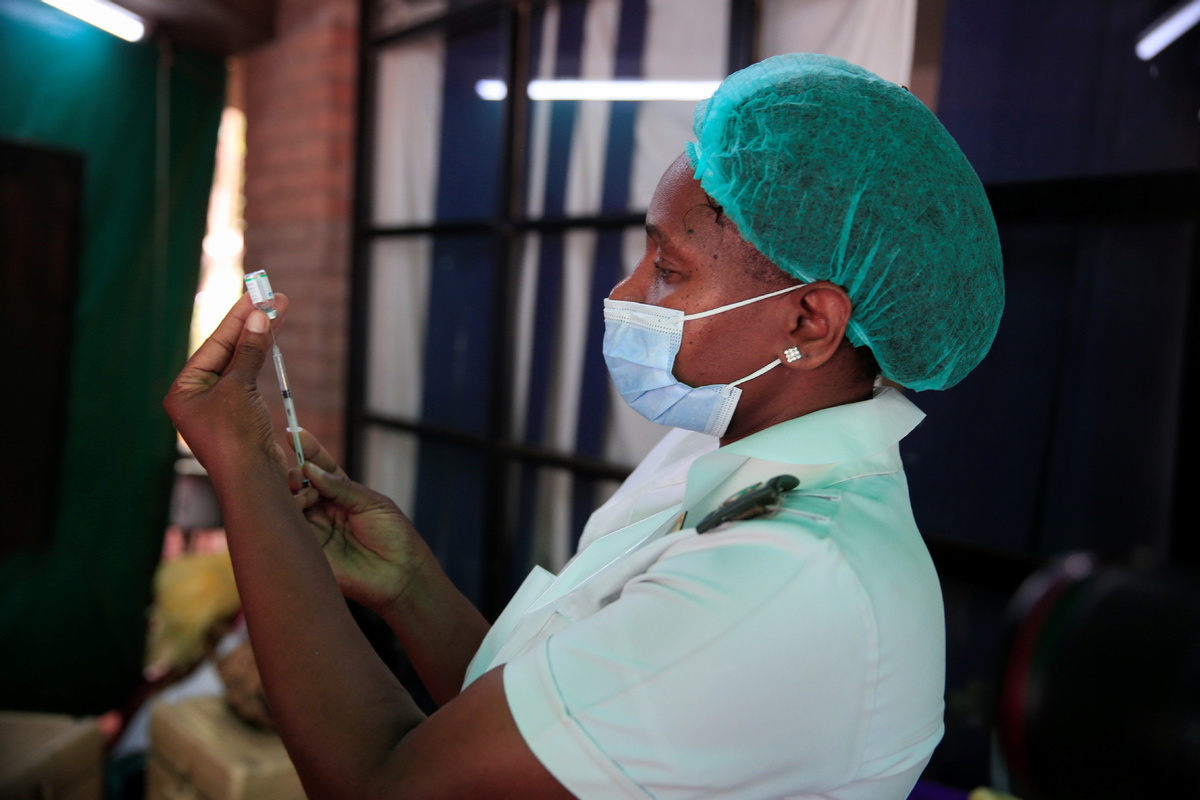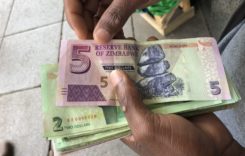Several news outlets, including Reuters, have reported on a laboratory study that showed how antibodies created by the CoronaVac COVID-19 vaccine (Sinovac) fade after about six months.
The study, published in July, also called for a third dose of the vaccine to boost the immune response.
This has invited questions about how long the protection offered by Sinovac and other COVID-19 lasts.
More than antibodies
Experts, including the World Health Organisation’s Strategic Advisory Group of Experts (SAGE) on Immunization and its COVID-19 Vaccines Working Group, note that while antibodies created by vaccines deplete over time, the body’s immune response to COVID-19 infection relies on more than just antibodies.
While antibodies are Y-shaped proteins that envelope the virus and prevent it from invading the body’s cells, vaccines also create white blood cells that also fight infections and develop memory to fend off future infections. These cells are long-lived and outlive antibodies.
Cell-mediated immunity
In its interim statement issued on 10 August 2021, the WHO says while studies have shown that antibodies decline over time, cell-mediated immunity continues to offer protection against severe disease.
Cell mediated immunity is an immune response that does not involve antibodies but is driven by the activation of cells that destroy pathogens like the coronavirus, in the case of COVID-19.
As a result, the WHO says, protection against COVID-19 remains even after antibodies have faded, due to the presence of T cells which target and destroy virus-infected cells.
“While data on immunogenicity of some vaccines suggest that antibodies persist for at least 6 months, waning of neutralizing antibodies has been reported,” WHO said. “Although there may be a loss of protection against infections by SARS-CoV-2 protection against severe disease is likely to be largely retained due to cell mediated immunity.
T cells
These are a special type of white blood cells which respond to infection. While antibodies fight the virus as it floats outside cells, they are helpless once the virus enters the cell.
T cells are the part of the immune system responsible for this part of the battle.
According to Dr. Shira Weingarten-Gabbay, a scientist at the Broad Institute of MIT and Harvard’s Sabeti Lab, once infected, cells break up viral proteins into small pieces called peptides. The cells then present these peptides on the cell surface where they are visible to T cells which then come and destroy the infected cells. In the process, the T cells develop memory, which helps them fight future infections.
“Once the T cell recognises infected cells and kills them off, it forms memory cells. The next time the virus enters the body, we already have a group of cells ready and trained to recognise the virus, acting very quickly on killing the virus, “ Dr Weingarten-Gabbay says.
“This memory response is what makes second infection, third infection by the same virus much easier. In many cases, you won’t even get sick because our immune system will recognise the virus so quickly. And when we design a vaccine, we’re basically trying to mimic the same process, we’re trying to teach our immune system how the virus will look like, once it enters the body.”
Do you want to use our content? Click Here












